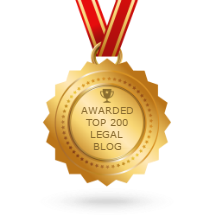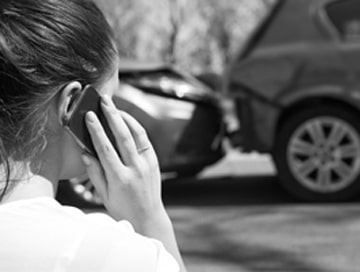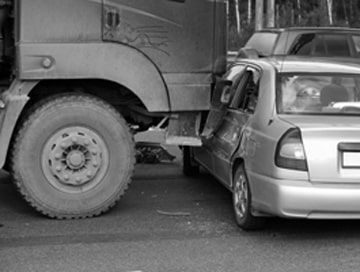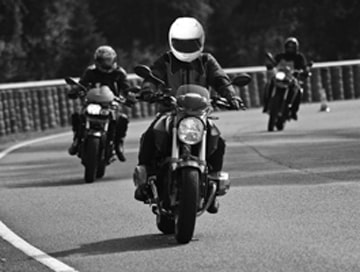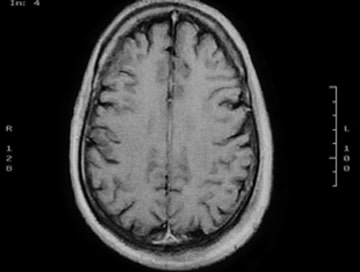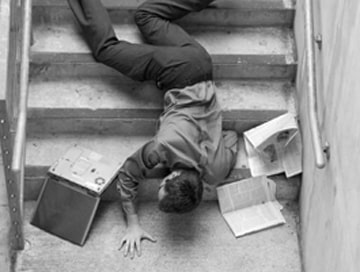Many times, navigating unfamiliar traffic patterns causes anxiety; for many drivers, roundabouts—also known as traffic circles or rotaries—fit this pattern.
Yet, mastering how to use a roundabout can transform your drives in Lancaster, making them calmer, safer, and remarkably more efficient.
A significant advance over conventional signalized crossroads, these modern circular crossings are made to maximize traffic flow and minimize the degree of collisions.
Fundamentally, roundabouts are intersections where cars move counterclockwise around a center island.
Modern roundabouts differ from the conventional, bigger traffic circles in that drivers must announce their departure, and entering cars must yield to traffic already running inside the circle.
Their efficiency and safety depend critically on this “yield-at-entry” regulation. This thorough book will not only clarify what a roundabout is but also walk you through step-by-step roundabout driving techniques, cover pertinent roundabout regulations, and provide Lancaster-specific advice.
We aim to offer you the skills to negotiate these more frequent junctions confidently, therefore guaranteeing a better and safer journey on every roundabout route.
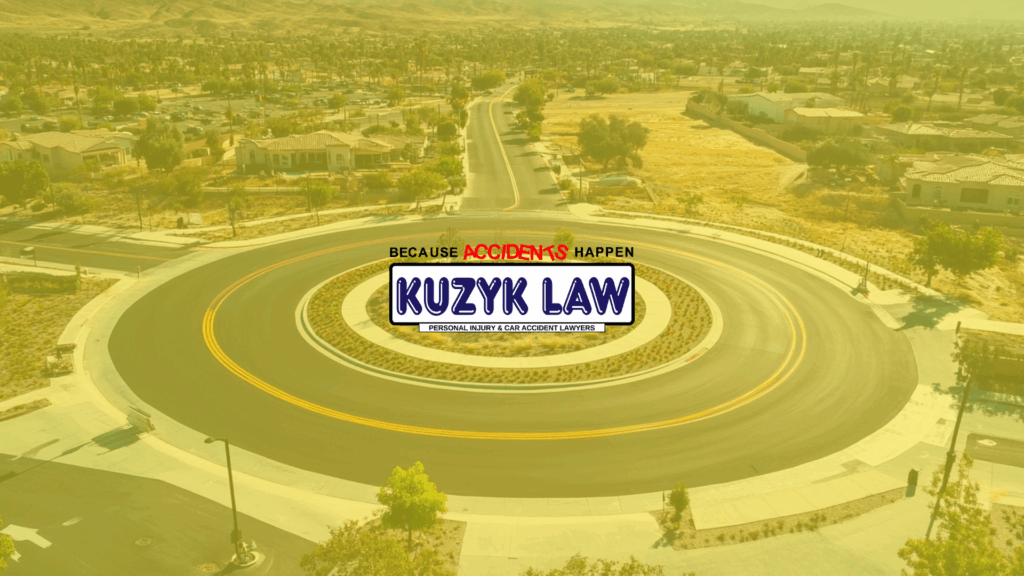
What Is a Roundabout?
One must first grasp the basic design ideas to know how to operate a roundabout efficiently.
A roundabout is not only a round road; it’s a finely planned intersection type meant to drastically lower the severity of collisions relative to conventional intersections with stop signs or traffic lights, revolutionizing traffic flow.
Its main features cooperate to provide drivers, walkers, and bikers with safer and more effective surroundings.
A roundabout is a specific type of circular intersection engineered for safety and efficiency.
Its design fundamentally alters how vehicles navigate a crossroads, significantly improving traffic flow and substantially reducing severe accidents. Here are its key characteristics:
Yield-on-Entry:
Arguably, the most crucial guideline in roundabout regulations and a fundamental guide for how one uses a roundabout is yield-on-entry. In a modern roundabout, arriving vehicles must yield to traffic already moving within the roundabout, unlike in older traffic circles when circular traffic can yield.
This guarantees a constant flow of traffic, therefore reducing stops and delays as well as bottlenecks.
Drivers only enter when a safe gap exists, thus maintaining modest speeds and predictable reactions.
Deflection:
Instead of a straight path into the intersection, a roundabout is built with a little curve or angle.
As drivers approach and join the circular route, this “deflection” gently encourages slowing down.
The primary safety aspect of slowing down is that any possible collision will be at far lower speeds, significantly lowering the possibility of significant injury or death.
Central Island:
Every roundabout has a raised central island around which cars move counterclockwise. Common at conventional junctions, this physical barrier removes the likelihood of high-angle (T-bone) crashes and deadly head-on collisions.
The middle island naturally reorders conflict points by steering vehicles along a 360-degree course, making the roundabout road safer.
Many central islands have landscaping as well, which enhances views and appearance.
Why Lancaster Is Embracing Roundabouts
Rapid expansion of Lancaster has resulted in more traffic on essential thoroughfares. Roundabouts have been included in the Safer Streets Action Plan by the city to handle safety and congestion:
Reduced Crash Severity:
Modern studies show up to a 90% reduction in fatal crashes at roundabout-converted intersections.
Improved Flow:
Eliminating full stops at signals cuts average intersection delay by 50%.
Environmental Benefits:
Less idling leads to lower fuel consumption and emissions.
Local examples include the Astral-Challenger and Avenue L roundabouts, which have already eased backups during peak hours.
Step-by-Step: How to Use a Roundabout
Mastering how to use a roundabout involves understanding a few key steps that ensure safety and smooth traffic flow.
While they may seem intimidating initially, following these straightforward procedures will make navigating these modern intersections in Lancaster intuitive and efficient.
1. Approach Carefully
Slow Down:
As you approach a roundabout, significantly reduce your speed to approximately 15–20 mph (as indicated by signs) before reaching the yield line.
This lower speed is critical for safety, allowing you more time to react, observe circulating traffic, and obey the yield sign. It also significantly reduces the severity of any potential collision.
Observe Signs and Lane Markings:
Pay close attention to all road signs and pavement markings as you approach. These visual cues are essential for understanding the specific roundabout rules for that intersection.
Look for directional arrows and lane-use signs that indicate which lane you should occupy for your intended exit.
For instance, a right lane might be for straight or right turns, while a left lane could be for left turns, U-turns, or straight, depending on the roundabout’s design. Choosing the correct lane before entering is paramount.
Scan for Pedestrians and Cyclists:
Before reaching the yield line, actively scan the crosswalks and surroundings for pedestrians and cyclists. They always have the right of way at marked crosswalks leading into and out of the roundabout.
Be prepared to yield entirely to them.
2. Yield to Circulating Traffic
Yield Line:
When you reach the solid white yield line at the entrance to the roundabout, be prepared to stop.
The fundamental roundabout rule is yield-on-entry: you must yield to any vehicles already circulating within the roundabout, as well as to any pedestrians or cyclists who may be crossing.
Gap Selection:
Only enter the roundabout when a safe and adequate gap in circulating traffic appears.
This means there should be enough space for your vehicle to merge smoothly without forcing other drivers to brake or swerve. Patience is key here; never force your way into a traffic circle. Waiting for a clear opening ensures continuous flow and reduces the risk of an intersection collision.
3. Enter the Roundabout
Single-Lane Entry:
If the roundabout has only one lane, center your vehicle within that lane as you enter and begin to circulate counterclockwise around the central island. Maintain your position throughout.
Multi-Lane Entry:
When entering a multi-lane roundabout:
Right Lane:
This lane is typically used for taking the first available exit (a right turn) or for proceeding straight through the roundabout, depending on the specific roundabout rules and signage.
Left Lane:
This lane is generally used for making left turns, U-turns, or sometimes for going straight through the roundabout, as indicated by lane markings and signs.
Crucial Tip:
Always choose your lane before entering the roundabout and commit to it. Avoid changing lanes once you are inside the circular roadway, as this is a common cause of intersection accidents.
4. Navigate Within the Circle
Stay in Your Lane:
Once you’ve entered the roundabout, staying in your chosen lane is critical. Unlike older traffic circles, modern roundabouts are not designed for lane changes while circulating.
This prevents side-swipe collisions and maintains the predictability of traffic flow.
Maintain a Consistent Speed:
Drive at a low, consistent speed (typically 15-20 mph) that matches the traffic flow within the roundabout.
Avoid abrupt braking unless necessary to prevent a collision. Smooth, consistent movement is key to efficient roundabout driving.
5. Signal and Exit
Signal Right:
Activate your right turn signal after safely passing the exit immediately preceding your intended exit. This important roundabout rule communicates your intention to leave the roundabout to both circulating vehicles behind you and any pedestrians or cars waiting to enter.
Exit Smoothly:
Proceed smoothly into the new roadway. As you exit, continue to be vigilant and observe for pedestrians who may be waiting at the crosswalk on the exiting road, as they have the right-of-way. Ensure your exit is clean and deliberate.
By diligently following these steps, you’ll master how to use a roundabout effectively, contributing to safer and more efficient traffic flow in Lancaster and beyond.
Common Mistakes and How to Avoid Them
| Mistake | How to Avoid |
| Entering Too Fast | Slow to advisory speed signs before the yield line. |
| Failing to Yield | Always check left for circulating vehicles before entry. |
| Changing Lanes Inside the Roundabout | Choose the correct lane before entering; lane changes inside are prohibited. |
| Not Signaling Exit | Signal right immediately after passing your exit approach. |
| Missing Your Exit | Continue around again; never reverse or abruptly stop. |
Why You Need a Lawyer After a Roundabout Accident
Even if you know precisely how to use a roundabout, accidents can still happen.
The aftermath of a traffic circle collision in Lancaster can be incredibly confusing, especially when questions arise about who has the right of way in a traffic circle? Or who is genuinely at fault?
Navigating this complexity alone, while recovering from injuries, is a daunting task.
Here’s why legal guidance is crucial:
Establishing Fault is Complex:
While roundabout rules are designed for clarity, disputes over yielding, signaling, or lane usage are common.
An experienced attorney can meticulously investigate the scene, gather evidence like witness statements and surveillance, and apply California law to prove liability, ensuring the blame for the roundabout crash is correctly assigned.
Maximizing Your Compensation:
A collision in a roundabout can lead to significant physical injuries, resulting in extensive medical bills, lost wages, and long-term suffering.
Whether you’ve been involved in a standard Lancaster auto accident or a more severe incident, a lawyer ensures all your damages—past, present, and future—are fully accounted for.
Dealing with Insurers:
Insurance companies aim to minimize payouts. They may offer low settlements or try to shift the blame onto you. Your lawyer is your advocate, handling all communications and negotiations to protect your rights and ensure you receive fair compensation.
Navigating Legal Procedures:
The legal process is complex, from understanding statute limitations to proper document filing. A lawyer handles these intricate details, allowing you to focus on your recovery.
We understand the challenges you face. To learn more about how we’ve helped others, visit our client testimonials page. If you’re dealing with the aftermath of a roundabout incident, don’t hesitate to contact us for a free consultation.
Roundabout Rules for Cyclists and Pedestrians
Cyclists may ride as vehicles within the circulating lanes or dismount to use crosswalks as pedestrians. Vehicles must yield to cyclists the same as cars.
Pedestrians cross only at marked crosswalks, set back from the roundabout’s edge. Drivers must yield to pedestrians before entry and upon exit.
When a Roundabout Crash Leads to Injury
Though safer overall, roundabouts can still see collisions, particularly rear-end or side-swipe crashes. If you’re injured:
- Ensure Safety & Call 911 for medical emergencies.
- Document the Scene: Photos of skid marks, vehicle positions, and signage.
- Exchange Information: Driver, insurance, and witness contacts.
- Seek Medical Attention: Prompt evaluation captures all injuries.
- Consult a Lawyer: Visit our Lancaster auto accidents page to learn your rights.
Get the Help You Need After a Roundabout Accident
Mastering how to use a roundabout in Lancaster, CA, isn’t just about saving time; it’s about significantly enhancing safety for you and your loved ones on the roads.
These modern intersections are designed to reduce severe collisions, making your daily commute smoother and more secure.
Even with the best driving practices, accidents can still happen.
If you or someone you know has been injured in a roundabout collision, navigating the aftermath can be complex and stressful. Kuzyk Personal Injury & Car Accident Lawyers is here to help.
Our Lancaster team combines deep local knowledge with extensive personal injury expertise to guide you through every step of the legal process.
From the initial investigation and gathering crucial evidence to skillfully negotiating with insurance companies and, if necessary, representing you in court, we’re committed to securing the fair compensation you deserve.We understand the challenges you’re facing and want to make the legal process as straightforward as possible. Visit our contact page today for a free, no-obligation consultation. Let us handle the legal complexities so you can focus entirely on your recovery and rebuilding your life.


